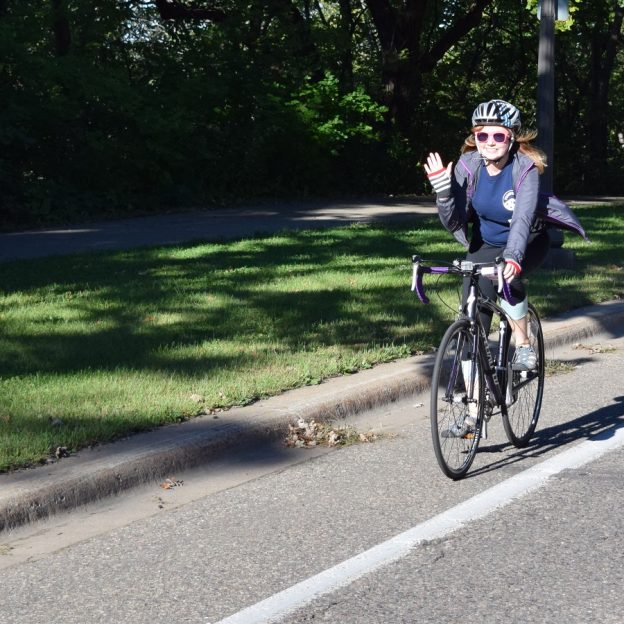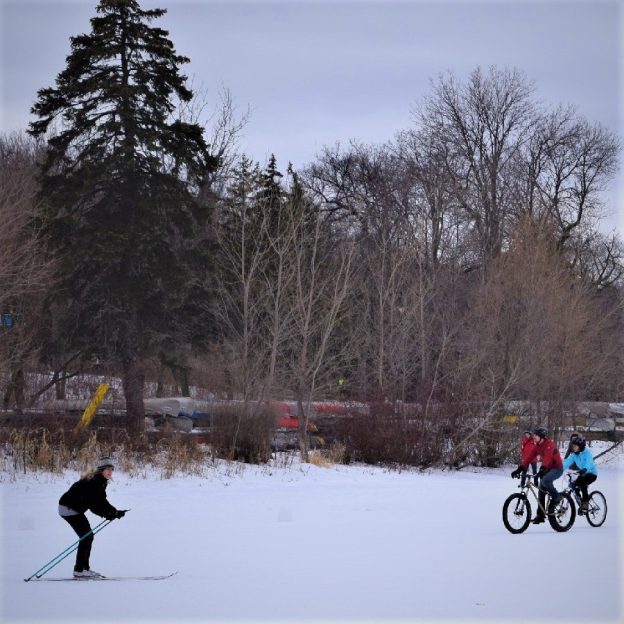Tag: downhill
-

Road Bike Hacks: Descending with Confidence and Skill on Your Road Bike
What goes up must come down and going downhill on your road bike can be fun and safe if you learn some basic skills.
-

Mountain Bike Hacks: How to Descend with Speed and Confidence
For Many, the fun of mountain biking is going down hill. So how do you descend with speed and confidence? You will find it is as easy as controlling your weight, position and growing skills.

